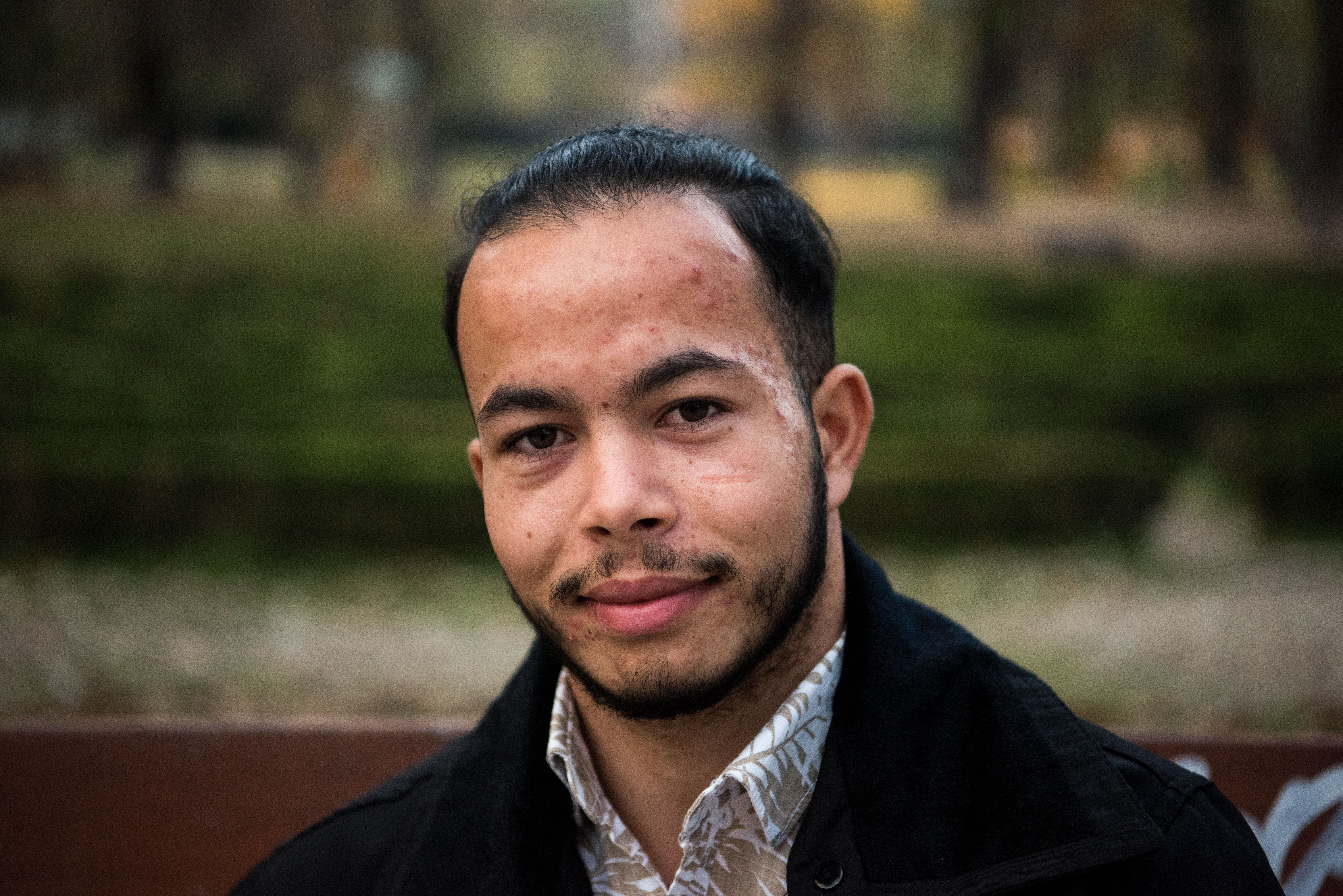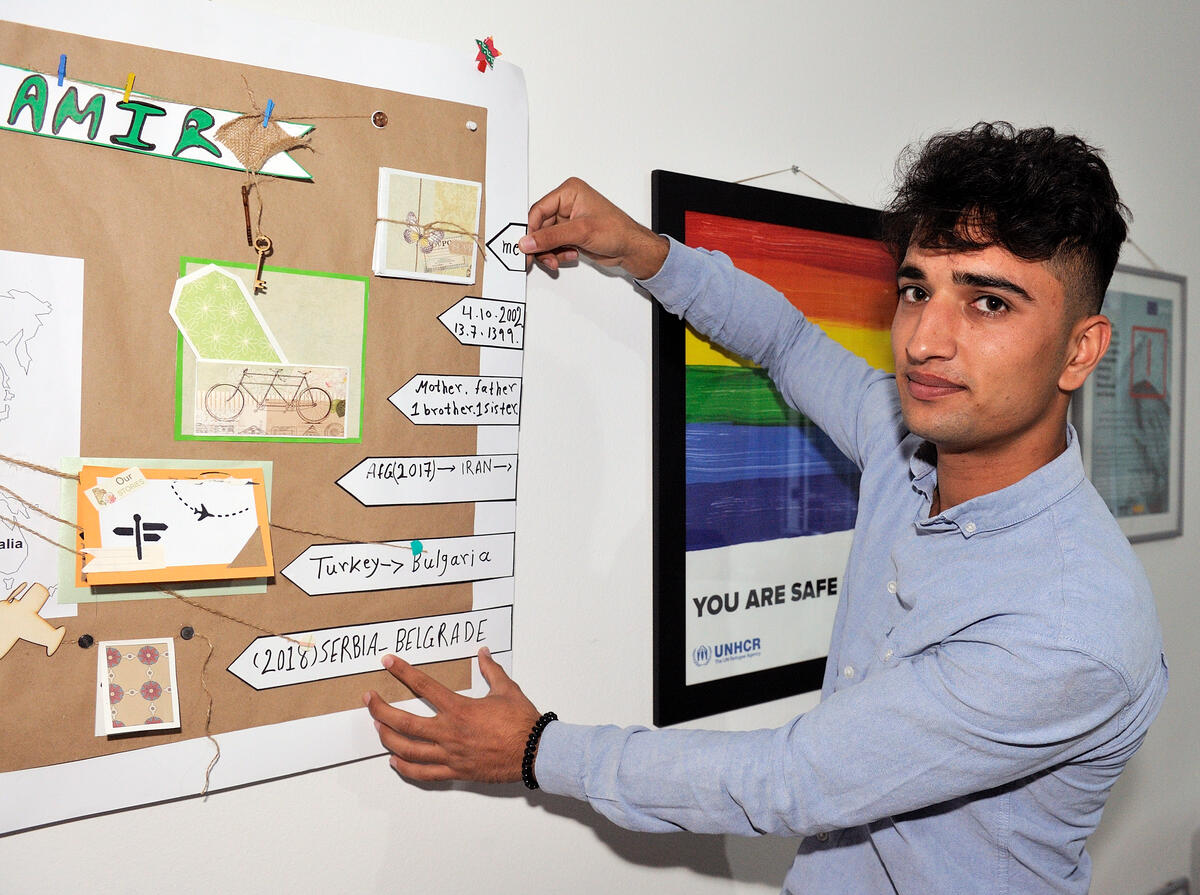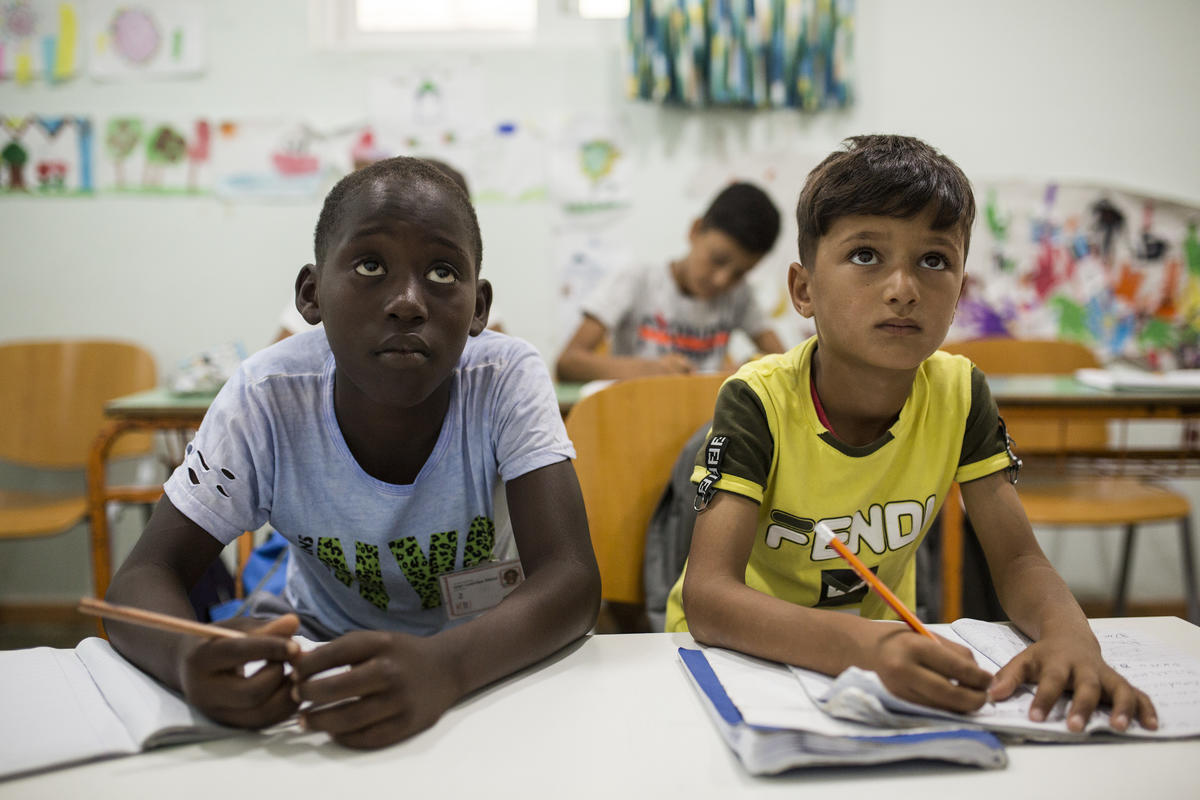Kosovo Crisis Update
Kosovo Crisis Update
UNHCR is deeply concerned by the departure of thousands of Serbians from Kosovo. We are witnessing the same pattern of displacement of Serbs seen in December 1991 in Western Slavonia, in August 1995 in the Krajina and in Sarajevo after the December 1995 Dayton agreement.
The High Commissioner's Special Envoy, Dennis McNamara, discussed on Monday the outflow of Serbian civilians with Lieutenant General Mike Jackson, the Kosovo Force (KFOR) commander. The general confirmed that his troops will do their best to provide security for all of Kosovo's citizens, but stressed that under the circumstances, there is unfortunately a limit to what can be done.
UNHCR is also talking both to the Kosovo Liberation Army and the Serbian leadership in Kosovo. UNHCR will do whatever it can to stabilize the situation in Kosovo but tensions are high and regrettably more departures are likely.
Serbs arriving in Montenegro say they fear reprisals and are uncertain of their future in Kosovo. UNHCR is using both local radio and international networks to send out the message that KFOR troops deploying in Kosovo will provide security for all people, regardless of ethnicity.
Kosovo
On the second full day after UNHCR's return to Kosovo, teams fanned out Tuesday inside the south-eastern Serbian province to look at conditions in and around Pristina, in Glogovac and in Prizren near the border with Albania. UNHCR is planning to reopen its satellite office in Prizren today if security permits. From there, UNHCR used to dispatch food convoys to villages in south-western Kosovo.
Another team, accompanied by medics, returned to Glogovac, 30 kilometres west of Pristina, where on Monday a multi-agency convoy brought food and other relief supplies for 20,000 people who had reportedly swollen the town's original population of 4,000.
Also on Tuesday, a third convoy of 45 vehicles, including 22 trucks carrying relief aid, set out from Skopje in the FYR of Macedonia to Kosovo.
As of Tuesday, UNHCR will have 41 staff in Kosovo - 19 expatriates and 22 nationals.
On Monday in Glogovac, the UNHCR team said there was an air of apprehension among the people there. Mostly children went out to see the convoy and there was a notable absence of men there. The displaced said that no assistance had reached them for two and a half months and they had been left to scrounge for food in the hills. UNICEF reported that several thousand people, especially children, would need special nutritional attention.
Glogovac was one of the last places in Kosovo where UNHCR led aid convoys before its staff were evacuated on the eve of the NATO strike against Yugoslavia on 24 March. Thousands of IDPs had then flooded into Glogovac as Serbian troops went on the offensive against the KLA in the Drenica region in central Kosovo.
UNHCR expects more people will come out of hiding in the Glogovac area once word spreads around that aid workers are back.
KFOR officials reported that it was relatively quiet overnight in Kosovo. In Lipljan, 25 kilometres south of Pristina, one person who stepped off the concrete pavement was killed by a land mine, underscoring the dangers facing those contemplating return. There have also been reports of abductions, shootings and looting. On the way to Glogovac on Monday, UNHCR staff saw houses burning and even in Pristina some houses were on fire.
Albania
More than 1,500 refugees came up to Kukes from southern areas of Albania, hoping to return to Kosovo. Several hundred refugees gathered Monday at the Morini crossing. Initially they were prevented from proceeding to Kosovo by border checkpoints established by the Albanians, the KLA and the German KFOR contingent.
Because some of the refugees were heading for the mountains to get inside Kosovo, risking the danger of stepping on land mines, the Germans decided late Monday to let them through as tensions eased on the Kosovo side.
However, UNHCR continues to urge refugees not to rush back into Kosovo until the withdrawal of Yugoslav troops has been completed, and KFOR has been fully deployed. Reporters returning from Prizren said on Tuesday the situation there remains unstable.
FYR of Macedonia
More than 350 refugees, driving cars and most of whom carried valid Yugoslav passports, went back into Kosovo on Monday through the official FYR of Macedonia immigration control at Blace.
Despite these spontaneous returns, there is no indication that refugees in the FYR of Macedonia are planning to return immediately in large numbers to Kosovo. An information campaign urging people to remain until their safety can be better assured has been going on there since last week.
A UNHCR team that visited the Kosovo border town of Kacanik on Monday reported that of the town's pre-war population of 45,000 people, only about 1,500 remained. Many houses there had been looted and vandalized.
Republic of Montenegro
Police said 2,884 Serbs crossed the Montenegrin border town of Rozaje on Monday, bringing the number of persons of Serb or Montenegrin origin who had fled Kosovo into Montenegro in the last five days to more than 13,300.
The new arrivals told UNHCR they were apprehensive about their future in Kosovo and decided to leave. A steady stream of cars, tractor-trailers and trucks filled with furniture and television sets has been seen crossing into Rozaje in the last several days.
Most of them proceeded to the houses of friends and relatives in Montenegro and others went on to Serbia. A few called UNHCR requesting help with accommodation. The Montenegrin Red Cross is providing assistance to the arrivals similar to that extended to the displaced Kosovars.
UNHCR-IOM Humanitarian Evacuation Programme
A total of 953 refugees in the FYR of Macedonia departed on Monday under the UNHCR-IOM humanitarian evacuation programme, bringing the total to 85,403.
Destinations included France, Germany, Sweden, the United Kingdom and the United States.








